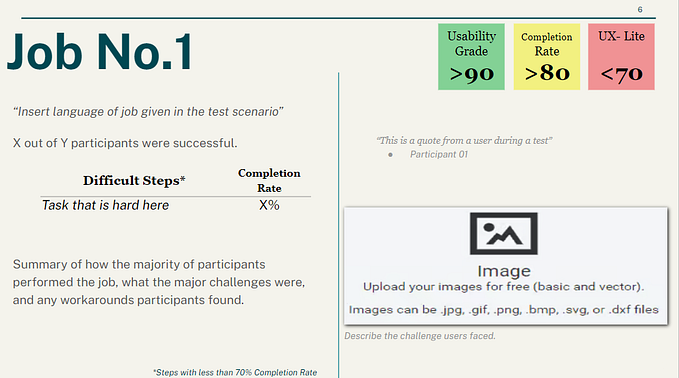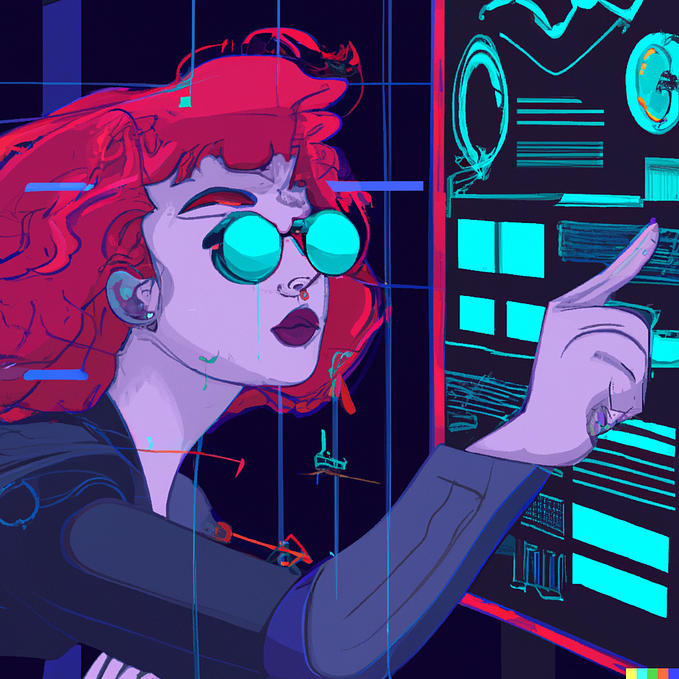Product Design Kickoff Checklist
The information designers should make sure they have to consistently create amazing products
After completing a project I always perform a retrospective from a design aspect to understand what could have been done better. Often times these issues I discover tend to be challenges that other designers and companies are also dealing with.
The main issue I’ve noticed lately with products that flop is that they fail because they try to build a solution before truly understanding the problem. Stop me if you’ve heard this before.
But if you want to truly define the problem what info do you need? Where do you even start? Your goals for this initial stage involves answering the following:
- What’s the problem statement?
- Who’s going to use it?
- What are their processes?
Obtaining this data is often seen as a “waste of time” or something that delays wireframes or designs from being created. And in a sense, yes, if you attempt to answer the questions above it will indeed annoy your project managers and make your stakeholders anxious. But much like amazing food at a 5 star restaurant, good things come to those who wait.

The research collateral you’ll have at the end of this process are:
- Product Story
- Personas
- Workflow diagrams
- Product Story Map
These items will play a pivotal role in establishing a foundational understanding around the problems you should be solving with a product.
No matter how hard you are pressured as a designer you should never attempt to design a product without at least a cursory understanding of the above.
Deliverables
Product Story
What is the target for this product? What problem is going to solve? In a meeting, known as a kickoff, the product team, stakeholders, and users should establish the product story.

A product story should only be 1 or 2 sentences. Consider this the product’s “elevator pitch”. This story will set the scope and target for what the product will actually look to do.
Personas
Who is actually going to use this product? Understanding your users and their behavior, both quantitatively and qualitatively, will impact the usability and functionality of your product. Building personas will come from data obtained through contextual user interviews.
If you are designing for everyone you’re designing for no one
Workflow Diagrams
How do the users work? What are their processes? Also obtained through contextual user interviews workflow diagrams are the steps the identified persona’s take to complete a task or goal.
Product Story Map
Which features / use cases should be considered within the product design? A product story map helps understand the epics and user stories that should be considered. Referred to as situational design by Don Norman in Living With Complexity the product story map is master backlog for all use cases matched to persona’s workflows that are required to be addressed by design.







